|
Gaze at the constant stream of romantic overland expedition posts on social media and it’s easy to believe that it’s all exotic sunsets, idyllic camp spots and laughter with locals. In reality however, it’s not all thrilling and fulfilling- overlanding has more than its fair share of exasperations and frustrations. But surely that’s part of the experience, right? Most days these provocations can be shrugged off, even laughed at, but even with the strongly developed tolerance and patience of an overlander sometimes these few repeating niggles make you want to scream from the roof(tent)tops. In this short series of blogs I retain the right to rant, expose the things that have left nail marks in the steering wheel and detail our main adventure annoyances, our overlanding irritations. So here is my stage on which to vent. First up, bad roads. Expected? Yes. Tolerated? Mostly… We’ve experienced some pretty terrible roads on our travels. Just to clarify, we’re not talking about off-road dirt tracks high up into the mountains here, we’re talking about main roads, motorways and city streets. Russia, Kosovo, Albania, Armenia, Kazakhstan and Tajikistan all have their fair share of ‘bad’ roads often with potholes larger than your car. Deep chasms are not the only surface danger, due to heavy truck traffic many roads become furrowed, once in a groove your vehicle handles like it is on rails, without a vigilant steering wheel wrestle this can suddenly send you veering towards oncoming traffic. Travelling in Armenia in your own vehicle is costly, on entry we paid at least £50 for ecology and road tax. Ironically when we left we should have billed Armenia for the damage done to our car for using such terrible roads. I’m not sure where the tax money is going but it certainly isn’t being spent on the roads. The highway system in Armenia consists of 7,633km of (apparently) paved roads, of which, 1,561km are supposedly expressways; our average speed on Armenia’s M1 was about 28mph. One of the worst stretches of urban street we encountered was in Sevan; some of the potholes on the main high street are so large you can see them on Google Earth! It is not just the road surfaces that are dangerous in these countries; the lack of road markings, signals and ambiguous road junctions are equally hazardous, as are open drain covers and deep gutters. Other potential dangers include animals, overloaded trucks and clueless pedestrians. In Georgia we narrowly avoided hitting a child, who crossing the road with his mother, ran straight out in front of our vehicle. Fortunately the only physical damage done to him was from the heavy clout round the ear his mother gave him for being so careless. Georgia’s excessive use of speed bumps is simply annoying. A motorway should never have speed bumps! Especially unmarked speed bumps.
In Western Europe we have a system for using roundabouts, it works because every roundabout employs the same system, you know your place and everybody else knows theirs. In Eastern Europe the system fails as every roundabout operates a different system. Some roundabouts allow vehicles that are approaching to have right-of-way whilst others allow the vehicles on the roundabout to have priority, some even employ both on the same roundabout. Some roundabouts even have traffic lights mid-roundabout whilst others have no road markings at all and are simply a massive city square with six lanes of traffic and a fountain in the middle. So, bad roads, the first of my adventure annoyances- the logistical network allowing me to traverse this wonderful planet, but at times my reason for breaking the 6pm G&T rule.
2 Comments
Our tasting travels of the Balkans; unlikely to want to eat pastry for a while again but overall a unique culinary experience of the regions cheap eats. Who needs fine dining and fancy restaurants when the real specialities of new countries are found in stalls, takeaways, markets and roadside cafes.
Back in 1991 I visited what was then called Yugoslavia for a holiday with my parents. At that point the media in the UK hadn’t really focused on the tension that had been building in the country. My mother’s only concerns were that Tito’s lingering communist regime might not allow her to sunbathe topless (Tito’s in or out). Naïvely we got on a plane and headed east; unbeknown to us at the time, and then made apparent quite quickly when we arrived, the country was on the brink of collapse. We stayed just north of Dubrovnik and visited the attractions in the area. The highlight for me was a day trip in our white Yugo 45 hire car up through the beautiful Neretva River Delta and into the Neretva Valley towards Mostar to view the spectacular 16th Century Ottoman bridge, the Stari Most. Just a few months later war broke out and the country began to dissolve in what was a complicated tangle of political and ethno nationalism in which many different factions fought for territory. Prior to the war, Mostar was probably one of Yugoslavia’s most ethnically integrated cities, its mix of Croat, Muslim, Serb and Yugoslav communities were evenly spread throughout the city, with many mixed neighbourhoods and inter-mixed marriages accounting for one third of all unions. Around 6,000 Croats lived among the East bank’s 30,000 predominantly Muslim residents and 15,000 Bosniaks (Bosnian Muslims) resided among the 45,000 majority Croat populace of the West Bank; the awe-inspiring Stari Most bridge symbolically joining them together in the middle. In 1992 Bosnia and Herzegovina (BIH) declared independence from Yugoslavia, with the EU and the United States recognizing it as a sovereign nation state. Immediately Serbian units of the Yugoslav People’s Army attacked BiH. The city of Mostar was then subject to an 18-month siege. Initially, it involved the Croatian Defence Council and the 4th Corps of the ARBiH fighting against the Serb controlled Yugoslav People's Army. However, as the conflict deepened and as the political landscape changed, the Bosnian Croats and Bosnian Muslims began to fight against each other. 2 years after visiting Mostar I watched the television in complete shock as the iconic 427-year old bridge was destroyed by Bosnian Croat artillery fire. A Sarajevo-based newspaper reported that more than 60 shells hit the bridge before it collapsed. After the destruction of the Stari Most, a spokesman for the Bosnian Croats admitted that they deliberately destroyed it as a target of strategic importance. Most people argue that the bridge held little strategic value and that its destruction was a deliberate act of wiping out a shared cultural heritage and a memory of a peaceful co-existence. The bridge that once stood as a sign of unity and diversity now became a symbol for the senseless destruction of war. As a teenager this mindless act had a profound effect on my life. This was the third ‘televised’ war I’d witnessed as a child, but this one was different. I remember watching news reports of the Falklands War, without really understanding the politics, but knowing that something horrific was happening due to the reactions of my parents and frequently being told not to look at the television. In the early 90’s I watched the Gulf War unfold in a style not to dissimilar to the computer games I was playing at the time; disassociated cockpit views of laser guided missiles! For whatever reasons I was removed from the reality of those two wars, but this war was different, it was the first to happen during my lifetime that I could empathise with, if only slightly. I had walked across that bridge; it was a real place, with real people, some of whom I had talked to. It really brought home the reality of war. The next day I saved the newspaper spread covering the destruction of the bridge and until this day it is folded carefully and stored in a box in my parents attic. Taking that drive again, this time in Bee-bee, brought to the surface many of the same emotions I felt watching the war escalate on television 20 years ago. The bridge has been rebuilt but Mostar still bears the scars of a bloody battle. It is impossible to ignore the bullet hole ridden walls as you walk around the city. The former front line, which runs parallel to the river, Bulevard Narodne Revolucije, still remains the dividing line which splits the city into a Muslim/Bosniak East and a Catholic/Croat West; many of the buildings here are completely ruined from the effects of heavy fighting. Walking around the streets and seeing the empty shells of buildings it’s difficult to digest what happened here. Mostar’s past has not been plastered over, the remnants of war are far more obvious here than in Sarajevo, where nearly 9 billion Euros in foreign aid has been used to repair the city. The abandoned buildings here still act as a poignant stark reminder and a memorial to the countries conflict. The tourists have returned with a vengeance but the air is still charged with tension. One thing that is clear is that not much has been resolved, each side still has its own service providers and universities, Croat and Bosniak school children attend separate classes and study from different textbooks. Further north in Croatia the town of Pakrac doesn’t have the luxury of tourism to carry it forward. Pakrac was the location of the first serious skirmish in what would become the Croatian War of Independence. The incident had a lasting significance with the fighting in this region between Croats and Serbs being exceptionally fierce. The United Nations' presence here has now gone, the mass graves in the valley below have been excavated and many, but not all, of the estimated 10,000 land mines in and around Pakrac have been cleared. Less than half the town’s population remains in what, in places, still looks like a war zone. Every building carries the scars of war and many buildings are still empty, either as a remembrance or abandoned by evicted Serbs who never came back. The landmine warning signs remain in place, and like Western Sahara, put pay to our off-road adventures. According to UNICEF, Bosnia and Herzegovina and Croatia are the first and third most heavily mined areas by square mile in the world. I talked with our Workaway host and friend who lives in the predominantly Serb village of Gornja Šumetlica, just 10 minutes from Croatian, Pakrac, about the effect of the war on his life. I asked him if it was painful to see the bullet-holes, landmine signs and abandoned buildings on a daily basis. He said, “This is only a small reminder of the war, the people are constantly reminded on a daily basis that they are worse off now than before. The people are poorer, the countries resources are being mismanaged and the politicians are more corrupt than ever.” His sentiment is ironically reflected in the empty shell of Budućnost (The Future), Yugoslavia’s answer to ‘Woolworths’ in the centre of the town. The empty building, near the former frontline, just across from the bullet-ridden church, stands as a visual metaphor of what happened here; a once bright vision of utopia, now standing scarred with an uncertain future. Re-visiting these countries gave me the opportunity to acknowledge the atrocities that I saw on TV, and to try to empathise on some level. In meeting the people I witnessed the strength of humans to overcome the most inhumane actions committed against them, from a Croat, Serb and Bosniak perspective. After talking with my friend I left Pakrac with a sense of optimism about the future for the Balkans. The people are struggling financially and the infrastructure still needs work but the younger generation is seemingly willing to work toward restoring love and respect for one another; to overcome ethnic prejudices and heal the wounds that are still visible on the walls of Pakrac, Mostar and countless other cities and towns. |
Archives
July 2020
Categories
All
|
Proudly powered by Weebly

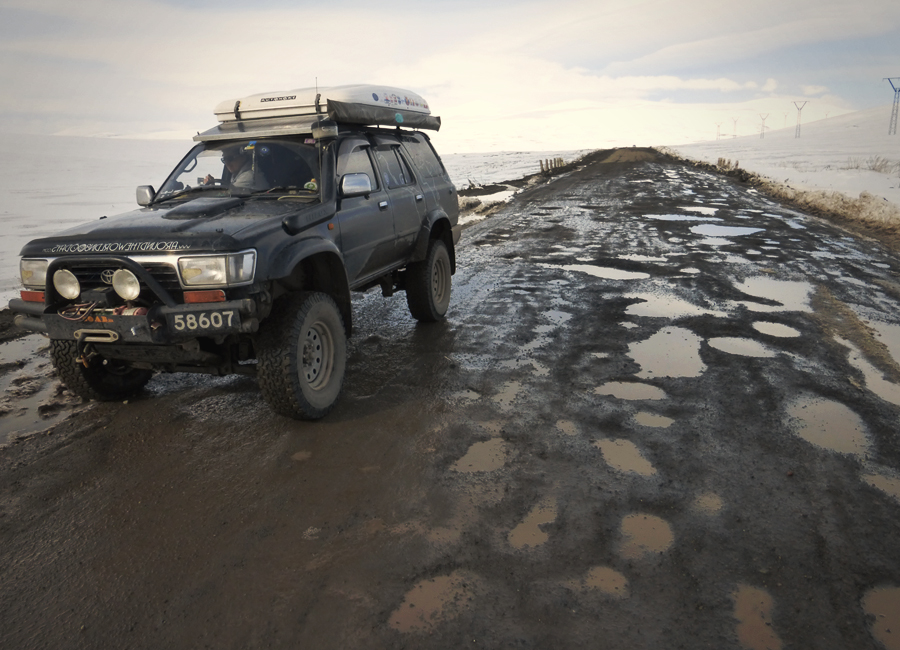
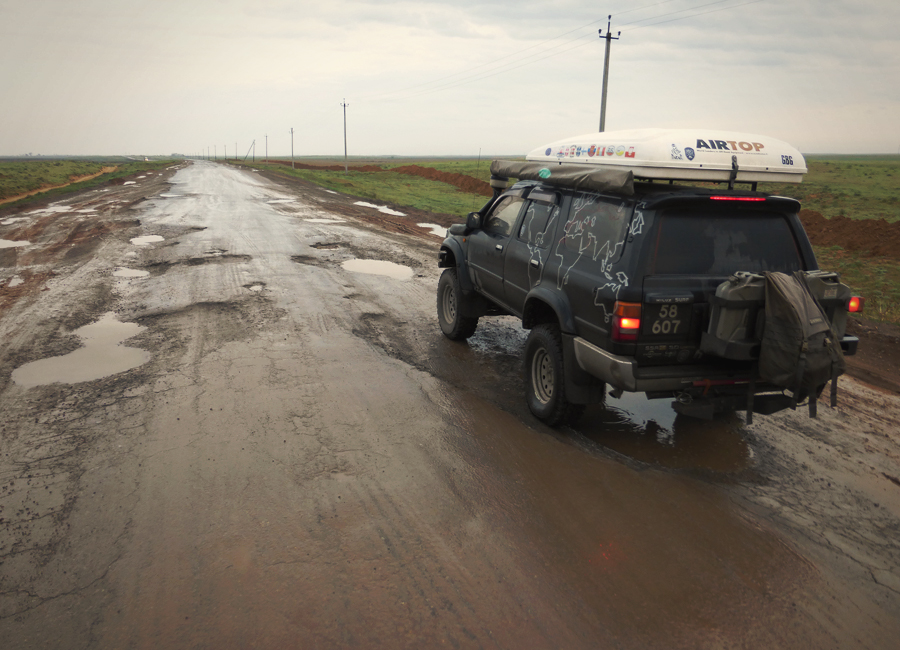
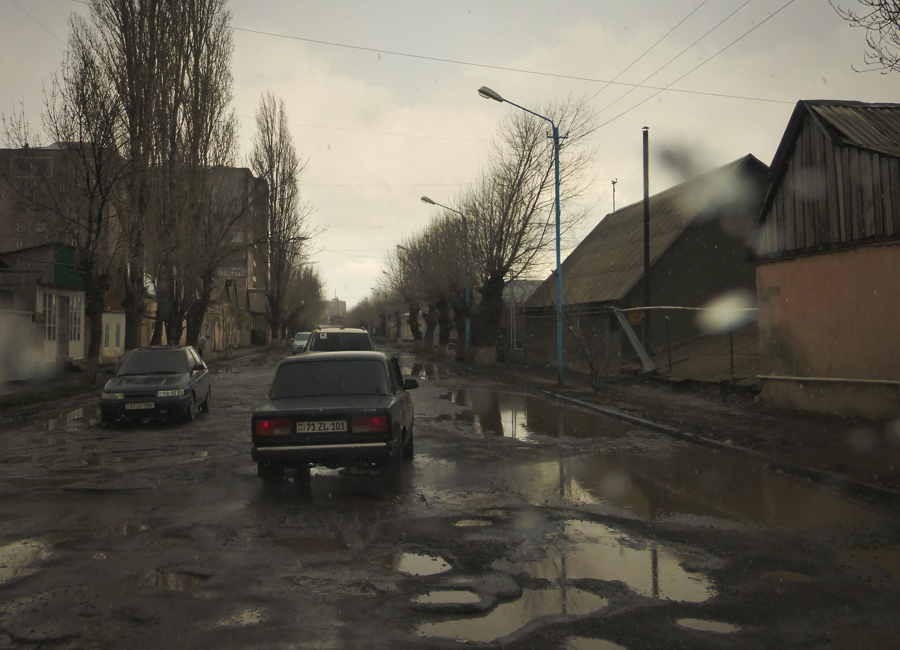
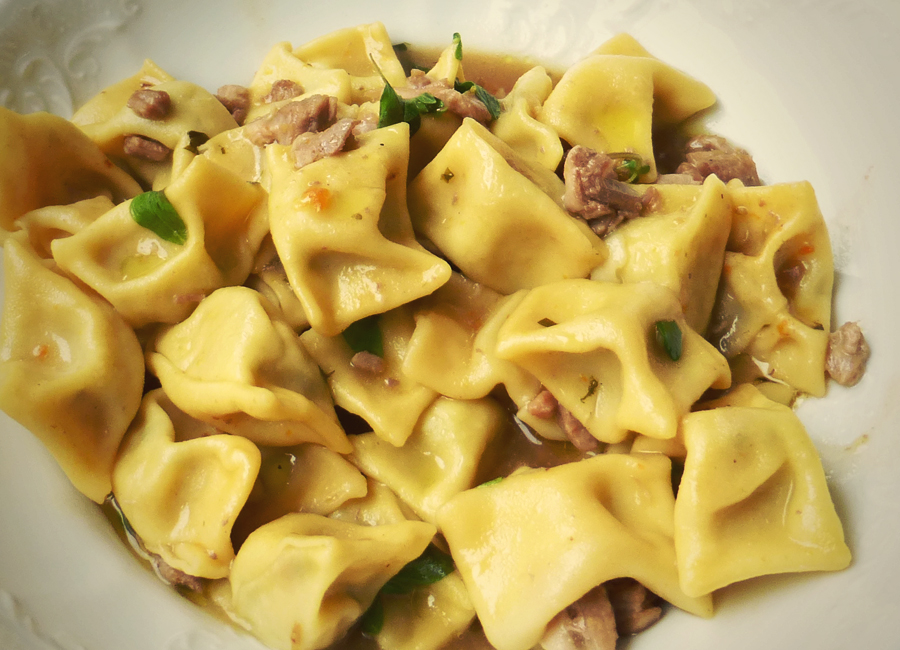
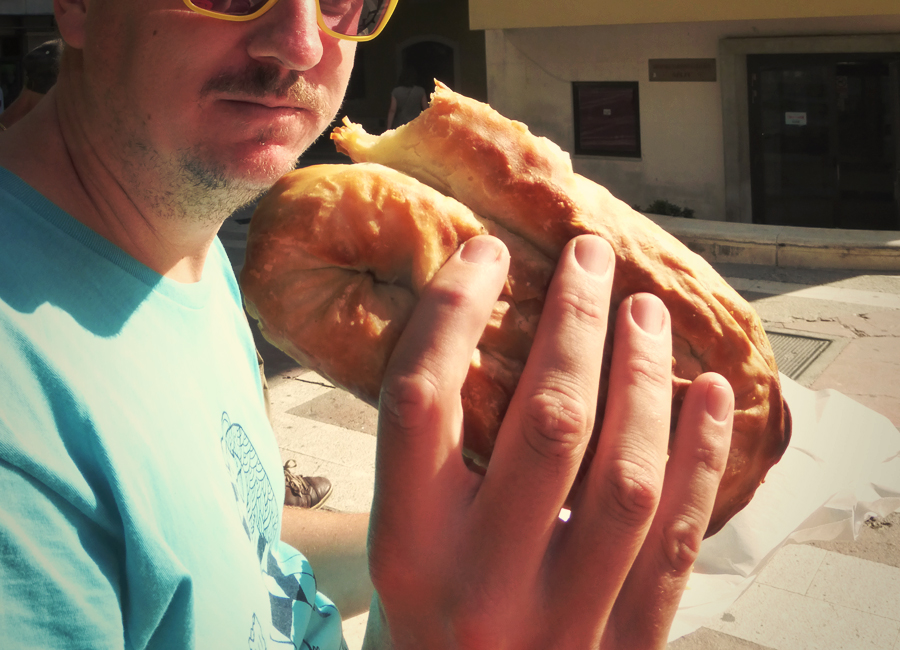
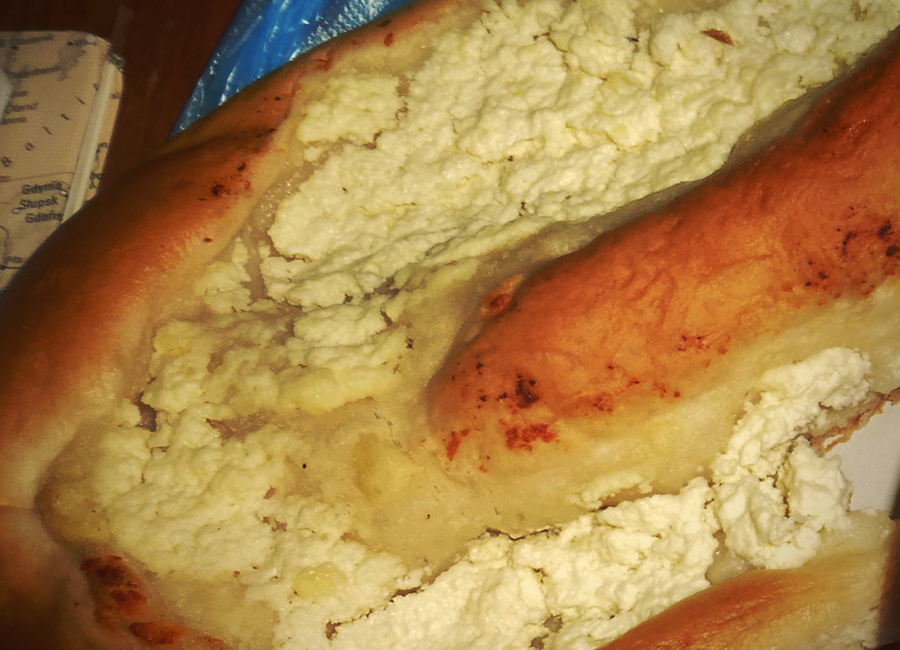
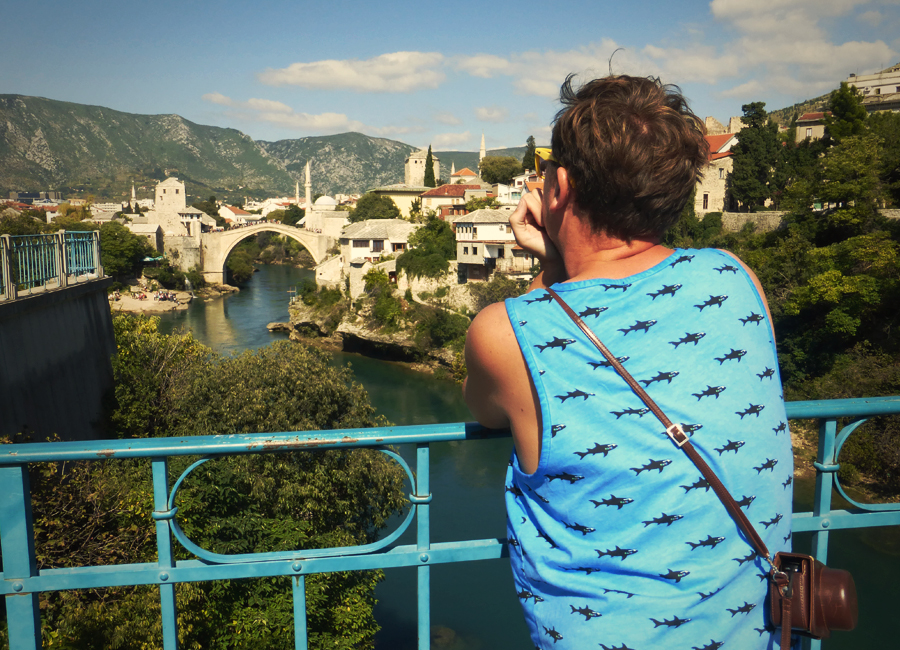
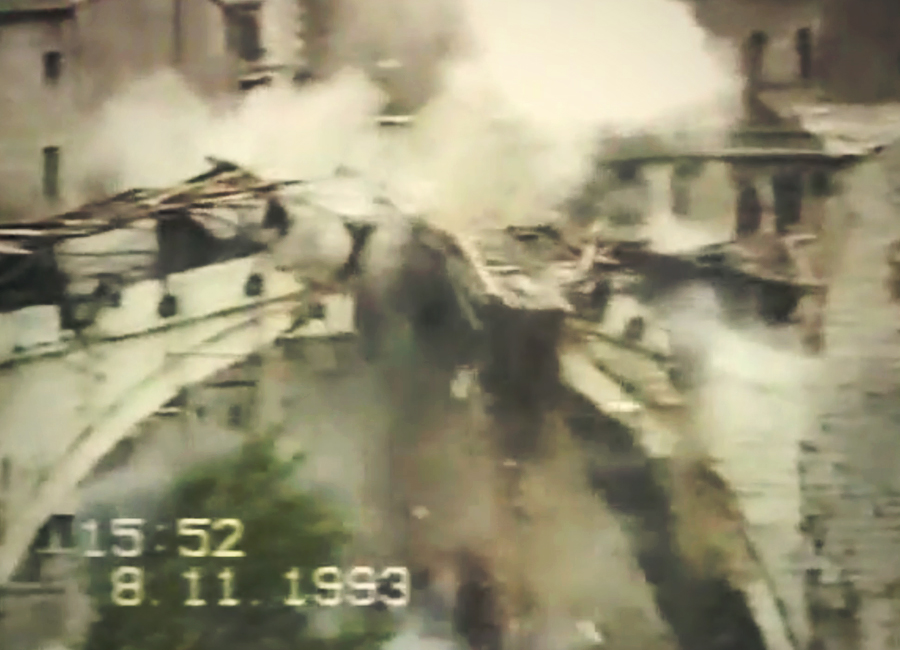
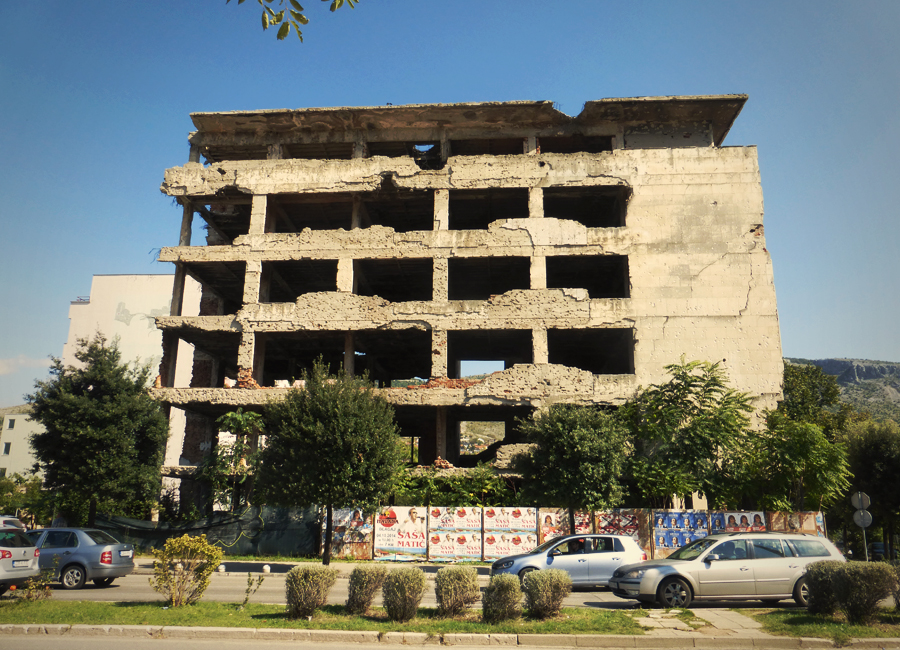
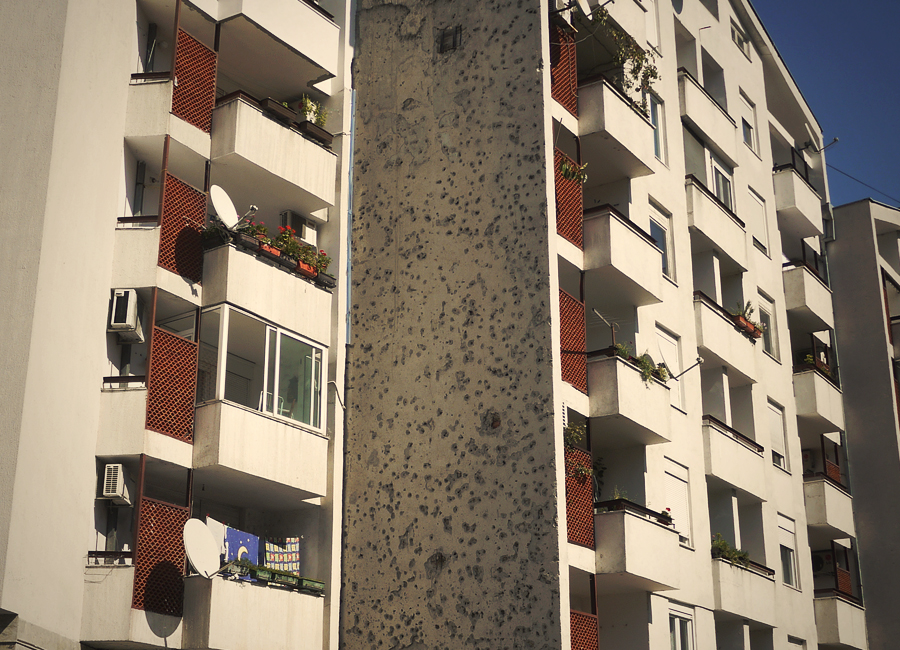
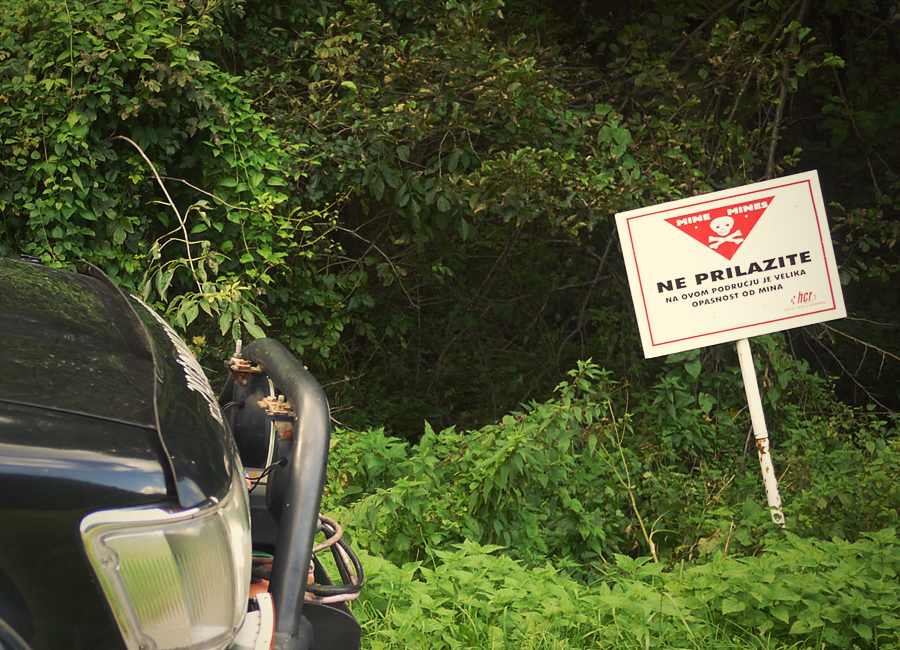
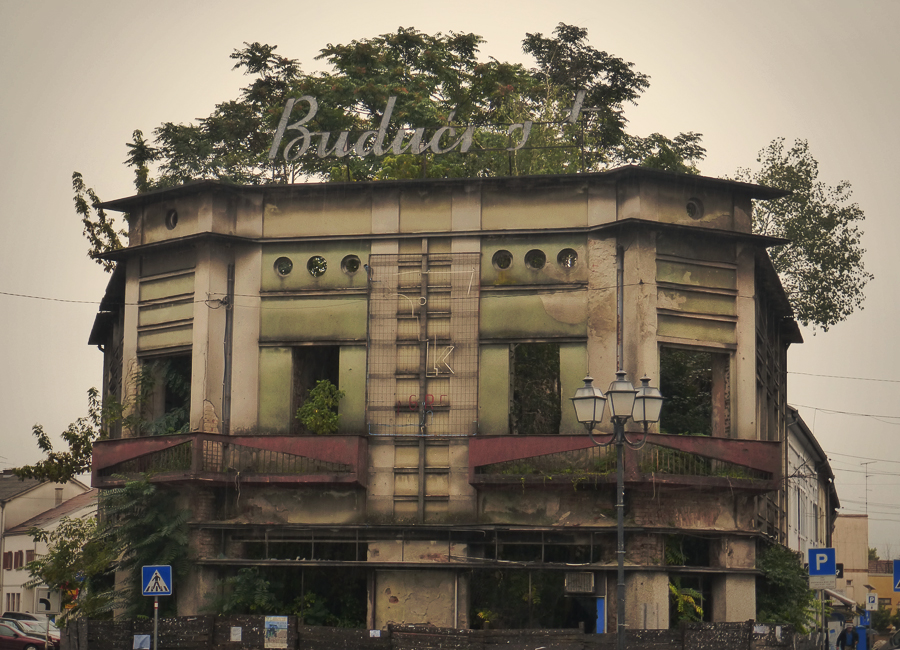
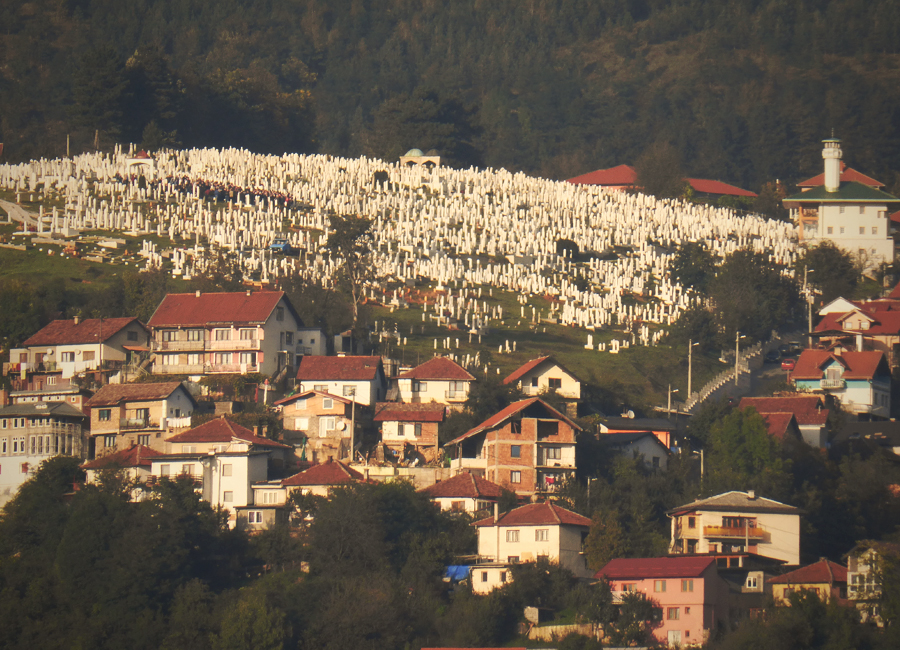
 RSS Feed
RSS Feed